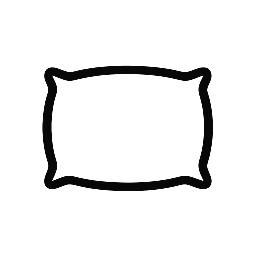In an unexpected turn of events, the Taliban has released a video showcasing a captured ISIS fighter, marking yet another chapter in the complex and multi-layered dynamics of Afghanistan’s ongoing conflict. This footage is not merely an isolated piece of media but a calculated move in the broader strategic display of power in the region.
The Context Behind the Footage
Since returning to power, the Taliban has found itself not just governing a war-torn nation but also contending with rival extremist factions eager to carve out their own footholds. Chief among these rivals is ISIS-K, an offshoot of the Islamic State with a notorious reputation for brutality. The release of the video serves as a potent message to both domestic and international audiences, underscoring the Taliban’s intent to assert control and stability. By making such incidents public, they aim to boost their legitimacy as the ruling authority capable of cracking down on extremist threats.
Beneath the Surface: Rivalries and Alliances
This video also hints at the underlying tensions and alliances shaping Afghanistan’s current landscape. The footage, while focused on ISIS, implicitly acknowledges the presence and influence of other groups like Lashkar-e-Taiba. Historically, Lashkar has been linked to various activities across the Afghan-Pakistani border, hinting at the tangled web of collaboration and rivalry that defines the regional power structure. As the Taliban targets one group, it seeks to send a ripple through the network of extremists that complicate Afghanistan’s security landscape.
Strategic Implications and Regional Reactions
From a strategic standpoint, the Taliban’s decision to broadcast such a capture indicates its desire to be perceived as a stabilizing force. It is a direct challenge to detractors who doubt the Taliban’s ability to maintain peace and order. However, the move could also worsen existing tensions, potentially provoking retaliation from ISIS-K and stirring unrest. Regional players are watching closely, as any shift in the balance of power could have significant repercussions across borders.
Moreover, the Taliban’s crackdown efforts might be scrutinizing the loyalties and actions of insurgent factions, further tightening its grip on power. The group’s interaction with or suppression of factions like Lashkar could play a crucial role in either stabilizing or destabilizing their rule.
The Narrative of Power and Control
Ultimately, the release of the captured ISIS fighter’s video is more than just a media event—it is a narrative of power, control, and ongoing contestation among militant groups. The Taliban, in releasing this footage, is not only showcasing its operational capabilities but also sending a clear signal to Afghans and the world that it will actively combat those who threaten its authority, including formidable groups like ISIS-K and potentially others linked to Lashkar.
While global audiences digest this latest development, Banjir69, Banjir69 login it remains to be seen how effective the Taliban’s strategy will be. Balancing governance with the need to quash violent opposition presents a daunting challenge, one that requires not just military might but diplomatic finesse and regional cooperation.
As the international community looks on, the Taliban’s efforts to establish a monopoly on legitimate violence in Afghanistan are under a microscope, with outcomes that could reverberate far beyond the country’s mountainous borders.

Leave a Reply